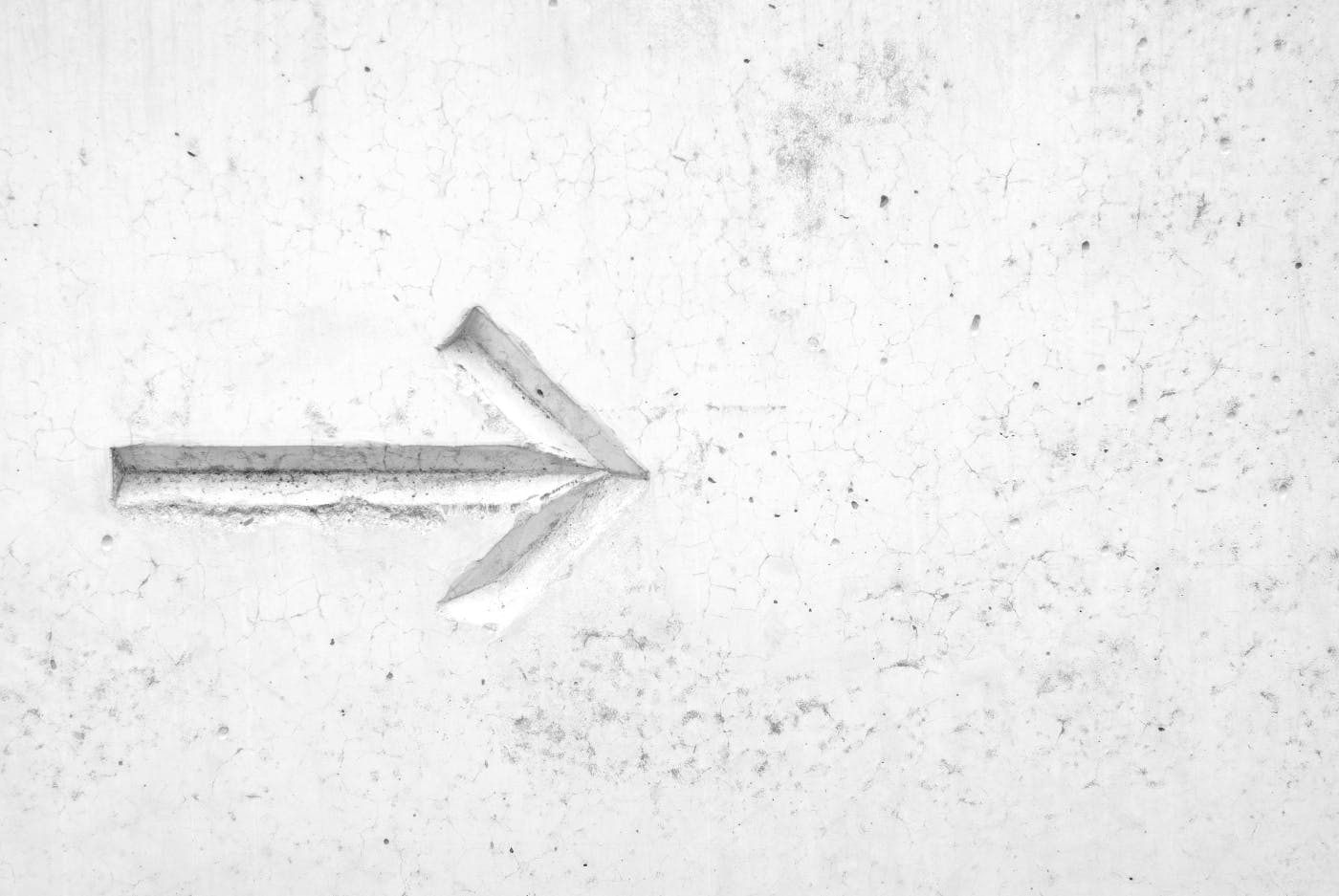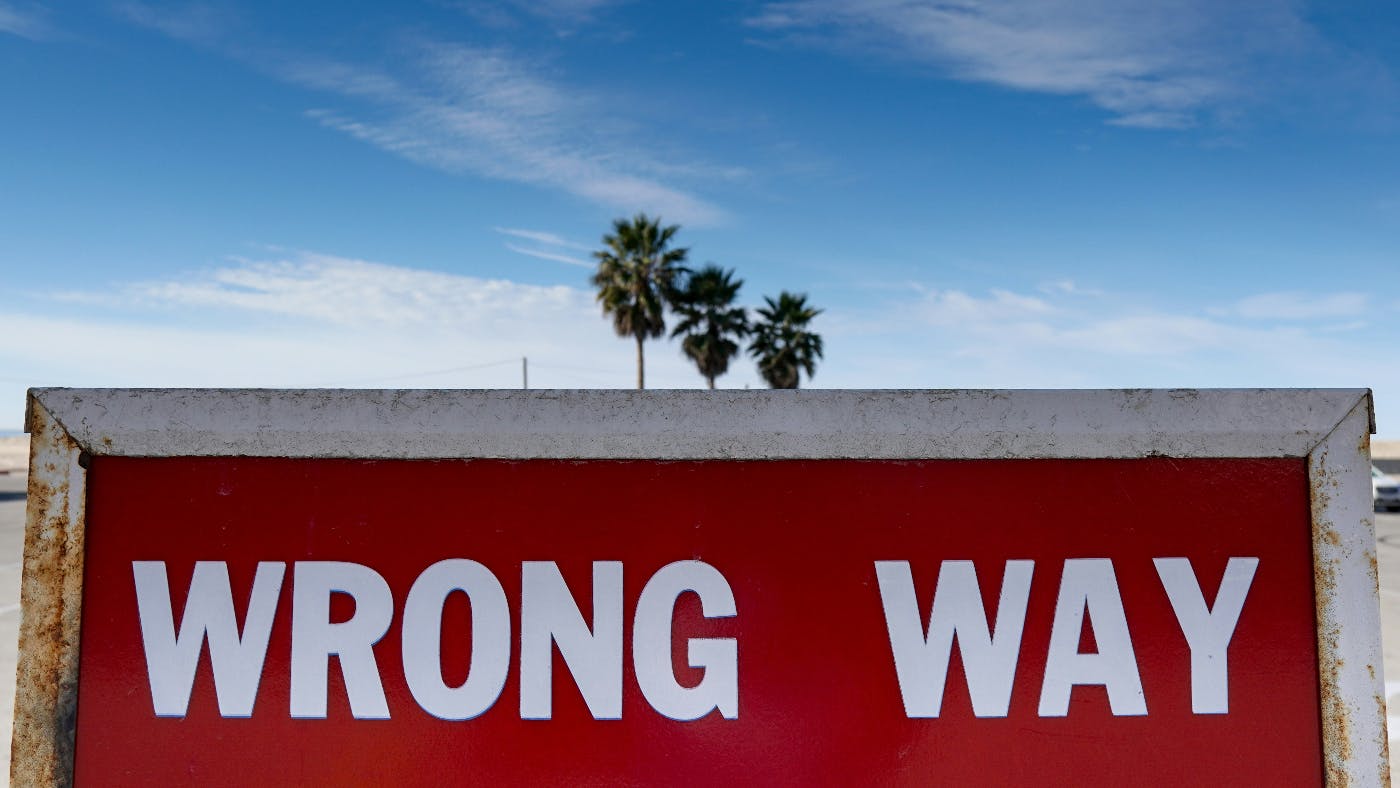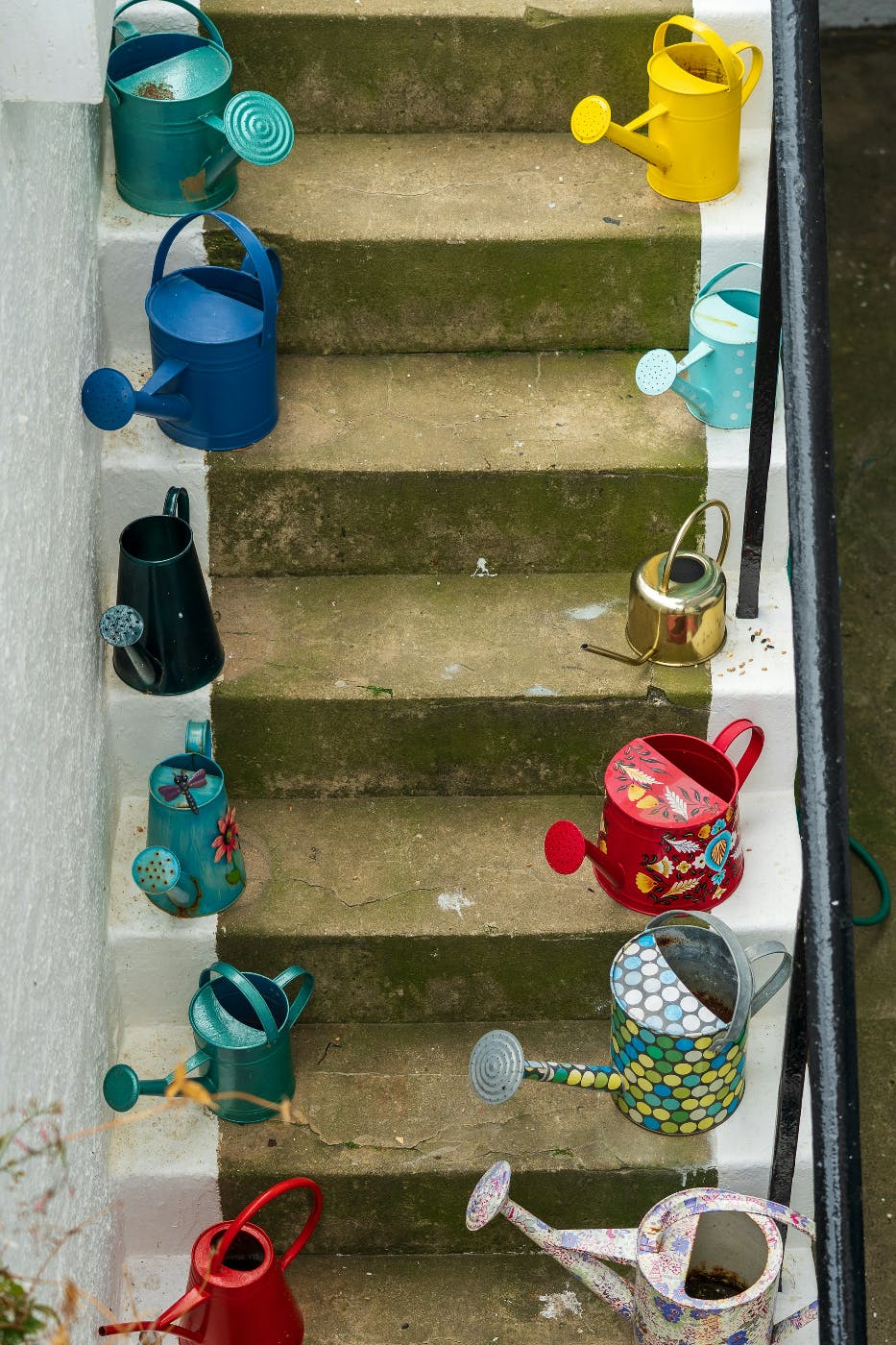
It's a dynamic interplay of inherent potential and external influences, where the spark of creativity needs the right conditions to ignite into a full-blown flame.
One summer, when I was a kid, my father was doing some work in the backyard. He had dug an enormous hole and connected pipes to the water central for an addition he had put on the house. While my brother was off at the park league, where magical things happen like water balloon raids and pick-up baseball games, I was alone since my brother had moaned loudly and in front of me about not wanting his weird little brother tagging along with him all summer. My mother agreed, also in front of me, that she wouldn’t want a weird little brother ruining her summer either, and so off he went, and home I stayed. With nothing to do, I took advantage of the dirt pile.
Much to my father’s chagrin, I had a collection of G.I. Joes. I’ve grown Pavlovianly averse to saying G.I. Joe dolls because “Boys do not play with dolls.” I took my collection to the dirt pile, and with extra pieces of wood and wire, brick and sod, I created a scene that would have made Francis Ford Coppola proud. Paths to the front and trenches for the spies to move through, I built H.Q. and a motor pool. I turned the pile of dirt into a thriving army camp, each day adding more pieces, creating more stories, and filling my alone time with the movies in my head.
Nightly, my father would come home from work and see me on the mound, lost in thought, narrating stories and moving my men around the hill. He’d shake his head and go inside. At dinner, my brother would regale us with tales of his day, what he did at the park, and what his friends said and did, and I sat in silent awe of him. He knew how to make friends; he knew the latest slang; he knew that he’d have friends and the approval of our parents all his life.
I had a mound of dirt in the backyard and a bunch of stories in my head.
One Saturday afternoon, one of my father's co-workers, a guy I knew only as Al, was standing in the backyard, his cup of Dunkin’s pressed against his chest as he surveyed my dirt pile. I stood a few feet away, watching him. Suddenly, he started speaking to me, asking me questions about the camp and the soldiers in charge and why I had built this hut this way. For about fifteen minutes, this guy was in my story, in the movie, taking the camp seriously and asking questions without making fun. My father came out, and I stopped talking.
“This comes down today,” my father said to Al and me, “Playtime is over.” My father told me to gather all my “dolls,” so he and Al could finish the pipeline and fill in the hole. They chatted and drank coffee while I broke up camp, each soldier saying goodbye to the others and talking about what they looked forward to most, getting home—meals they’d savor and seeing family and friends. As Al and my father took off to the hardware store. My father admonished me to get rid of any trace of my “dolls’ before they got back. My captain, my G.I. Joe with the Kung Fu grip, stood on top of the pile, paid tribute to the men he’d lost, to the boys who had earned his respect, and said prayer that all wars would finally be over. Then he went into the box with all the rest of the camp.
That night at dinner, after my brother’s daily recap, my father said to me, “Sorry, I had to take the dirt pile down.” He paused, took a big swallow from his can of Budweiser, and said, “Al … he thinks you’re a creative kid.”
That was the first time I recall hearing the word creative thrown in my direction. My father, a verbal Sandy Koufax, was able to put a twisted spin on any word, making it sound normal as it left his lips, then dipping sharply into an insult just as it crossed the eardrum, said the word creative with a bit of awe, that trailed into derision as it landed in my head. Later, when he called me creative, he’d use his fingers to make air quotes.
“He gets that from me, “ my mother said and smiled. My father laughed, and they shared a look. I wondered what I got from her and what they were talking about. What was this “creativity?” And then, the million-dollar question: Is creativity something we are born with, or is it a skill we can develop over time?
Over time, I learned that, as with many things in life, the answer is a bit of both. Recalling that story, I think today’s blog will be about the age-old nature versus nurture. Let's embark on a journey to explore this fascinating debate.
A Quick Thought on the Word Genius
The word "genius" is often thrown around so casually that its meaning has become diluted. We label everything from a clever marketing slogan to a decent pizza recipe as "genius," forgetting that true genius represents an extraordinary level of intellect and creativity that fundamentally changes our understanding of the world. This overuse undermines the accomplishments of genuine visionaries and creates unrealistic standards for ordinary achievements. Genius is rare and profound, far beyond the clever tricks and minor innovations we encounter daily. It's time we reserve this powerful term for those rare instances of exceptional brilliance that genuinely deserve it.

The Nature of Creativity: Born with It?
The idea that creativity is an innate talent is deeply ingrained in our culture. We often hear about "creative geniuses" like Mozart, Picasso, or Steve Jobs, who seemed to possess an extraordinary ability from a young age. These individuals are often hailed as prodigies, their early works cited as evidence of an inherent creative spark that sets them apart. This belief suggests that some people are born with a unique flair for creativity that cannot be taught or replicated.
Indeed, research supports that certain aspects of creativity, such as divergent thinking (the ability to generate many different ideas), have a genetic component. Studies on twins, for instance, have shown that identical twins tend to have more similar creative abilities than fraternal twins. This genetic predisposition means that some people might find it easier to think outside the box, connect seemingly unrelated ideas, and produce novel solutions. These individuals often exhibit an unusual way of seeing the world, a natural tendency to question norms, and explore unconventional paths.
Additionally, neuroscientific studies have revealed that specific brain structures and functions are more pronounced in highly creative individuals. For instance, the default mode network, a group of brain regions associated with spontaneous thinking and imagination, is often more active in those deemed creatively gifted. This biological wiring can give some people a head start, enabling them to access and develop creative thoughts easily.
However, it gets interesting here: being born with a creative inclination is just the beginning. Raw talent alone is rarely enough to achieve greatness. Even those with a natural predisposition towards creativity must hone their skills through practice, exposure, and persistence. It's the classic nature versus nurture debate; both elements play crucial roles in creativity.
Natural creative abilities must be nurtured to flourish. Without an environment encouraging exploration, experimentation, and risk-taking, even the most innately creative minds may never reach their full potential. It's a reminder that while some may have a genetic advantage, creativity is not a fixed trait bestowed upon a select few. It's a dynamic interplay of inherent potential and external influences, where the spark of creativity needs the right conditions to ignite into a full-blown flame.
The Nurture of Creativity: Developing the Skill
While some might have a head start, creativity is far from a fixed trait. It's more like a muscle that needs regular exercise to grow stronger. Even the most naturally creative individuals must nurture and develop their skills to make them truly useful.
Consider the example of athletes. Some people might be born with a natural talent for sports, but without training, practice, and dedication, that talent remains untapped. The same principle applies to creativity.
Education and Environment
Our environment plays a crucial role in shaping our creative abilities from a young age. Schools encouraging open-ended questions, artistic expression, and problem-solving activities foster creativity. On the other hand, rigid educational systems that prioritize rote memorization can stifle it.
Parents and caregivers also have a significant impact. Children who grow up in households where curiosity is encouraged, mistakes are seen as learning opportunities, and imaginative play is part of everyday life are more likely to develop strong creative skills.
Practice Makes Perfect
Creative thinking can be honed through deliberate practice. Brainstorming, mind mapping, and role-playing can help individuals think more creatively. Engaging in diverse activities—such as reading widely, learning new skills, and exploring different cultures—can also provide the raw material for creative ideas.

The Role of Failure
An often overlooked aspect of creativity is the willingness to fail. Creative endeavors are fraught with uncertainty, and not every idea will be a winner. Embracing failure as part of the process is crucial. Thomas Edison famously said, "I have not failed. I've just found 10,000 ways that won't work." This mindset allows creative individuals to persevere and refine their ideas until they succeed.
Edison's journey to invent the electric light bulb is a prime example of this tenacity. He tested thousands of materials for the filament before finally discovering the right one. His resilience in the face of repeated failures showcases a fundamental truth about creativity: it requires persistence, adaptability, and a thick skin.
However, it's also worth noting that Edison's story is not without controversy. Despite his legendary status as an inventor, it's rumored that he took credit for many innovations developed by his team at Menlo Park. Motion pictures, for instance, are often attributed to Edison, but his employees, like William Kennedy Laurie Dickson, laid much of the groundwork. This aspect of Edison's legacy highlights another dimension of the creative process—the collaborative nature of innovation.
True creative success often involves a network of contributors, each bringing unique insights and expertise to the table. Edison's Menlo Park was a hub of collaborative creativity, where ideas were collectively shared, tested, and refined. This collaborative environment is crucial because it allows for the cross-pollination of ideas and the blending of diverse perspectives, which can lead to groundbreaking innovations.
Failure, in this context, is not just an individual experience but a collective one. Teams must embrace failure together, learning from each setback and iterating on their ideas. This collective resilience can foster a culture of creativity where failure is not feared but seen as a stepping stone to success.
Moreover, the willingness to fail also involves recognizing and valuing the contributions of others. While Edison may have been the face of many inventions, the reality is that creativity often thrives in environments where credit is shared and team efforts are acknowledged. This recognition fosters an atmosphere of trust and encourages more open sharing of ideas, which is essential for continuous innovation.
The role of failure in creativity is multifaceted. It involves personal perseverance and a readiness to embrace and learn from setbacks. It also encompasses the collaborative spirit of creative endeavors, where collective failure and shared credit play pivotal roles. Embracing failure as part of the creative process leads to personal growth and enhances a team or organization's overall innovative capacity.
The Intersection: A Balanced View
The most compelling argument is that creativity blends nature and nurture. We might be born with a certain level of creative potential, but realizing that potential requires effort, practice, and the right environment. The interplay between inherent talent and external influences profoundly shapes our creative abilities.
Even creative geniuses (oy, that word.) didn't rely solely on their natural abilities. Take Mozart, for example. While he displayed musical talent at a young age, he also underwent rigorous training and practice under his father's guidance. Leopold Mozart, a renowned composer and music teacher, provided young Wolfgang with a structured and intensive musical education from an early age. This environment of disciplined practice and exposure to diverse musical influences was crucial in honing Mozart's innate abilities into the extraordinary genius we celebrate today.
Similarly, Picasso's groundbreaking work resulted from years of experimentation and evolution. Born into an artistic family, Picasso received formal training in art from a young age. His father, an artist and art teacher, introduced him to traditional techniques and encouraged his development. However, it was Picasso's relentless experimentation and willingness to break away from conventions that set him apart. His journey through different artistic phases—such as the Blue Period, Rose Period, and the development of Cubism—illustrates how continuous learning and adaptation are essential components of creative mastery.
Moreover, the environment plays a significant role in fostering creativity. An environment encouraging curiosity, providing diverse experiences, and supporting risk-taking can amplify one's creative potential. For instance, Silicon Valley is often hailed as a hotbed of innovation not just because of the individual talents residing there, but because of the collaborative, resource-rich, and failure-tolerant culture it promotes. The presence of like-minded individuals, access to cutting-edge technology, and a culture that values experimentation create a fertile ground for creative ideas to flourish.
Educational systems and societal attitudes towards creativity also play a critical role. Schools emphasizing creative thinking, problem-solving, and interdisciplinary learning can nurture students' creative abilities. On the other hand, rigid systems that prioritize rote learning and standardization can stifle creative expression. It's no coincidence that many renowned creative figures, like Albert Einstein and Richard Feynman, thrived in environments that encouraged curiosity and independent thought.
Furthermore, personal experiences and life challenges can significantly shape creativity. Many artists and innovators draw inspiration from their struggles, transforming adversity into creative fuel. Viewing challenges as opportunities for growth and exploration is a hallmark of creative resilience. This perspective enriches the creative process and contributes to personal and professional development.
The intersection of nature and nurture in creativity is a dynamic and ongoing process. While some individuals may have a genetic predisposition towards creativity, the nurturing aspect—through education, environment, and life experiences—ultimately determines the extent to which their creative potential is realized. This balanced view underscores the importance of creating supportive environments and opportunities for practice and exploration to cultivate creativity in everyone.
By understanding that creativity is not solely an innate gift but a skill that can be developed, we can foster a more inclusive and encouraging atmosphere for creative growth. Nurturing creativity, whether through educational reforms, supportive work cultures, or personal practices, can lead to remarkable innovations and profound personal fulfillment. So, whether you believe you're born with it or not, remember that your creative journey is shaped by your natural inclinations and efforts to develop them.

Practical Steps to Cultivate Creativity
Whether you believe you're born with it or not, here are some practical steps to nurture and develop your creativity:
- Cultivate Curiosity: Ask questions, explore new topics, and seek new experiences. Curiosity is the fuel for creative thinking.
- Embrace Diversity: Expose yourself to different cultures, perspectives, and disciplines. Cross-pollination of ideas often leads to innovation.
- Practice Divergent Thinking: Set aside time for brainstorming without judgment. Let your mind wander and explore multiple possibilities.
- Create a Creative Environment: Surround yourself with stimuli that inspire you. This could be art, nature, music, or even a cluttered desk—whatever sparks your imagination.
- Embrace Failure: Don't be afraid to take risks and fail. Each failure is a step closer to finding a successful solution.
- Engage in Creative Hobbies: Whether painting, writing, cooking, or gardening, engaging in creative activities outside your work can enhance your overall creativity.
Summing Up: The Power of Development
While some individuals might have a natural predisposition for creativity, it's a skill that can and should be developed. Even the most "naturally" creative people must work at their craft to make their ideas come to life. So, the next time you doubt your creative abilities, remember that creativity is a journey, not a destination. It's about cultivating curiosity, embracing failure, and continuously honing your skills.
We all have a creative spark within us. The challenge and the joy lie in nurturing that spark into a flame that can light up our lives and the world around us.
So, are you born with creativity, or can it be learned? The answer is both. And that’s where the magic happens.
ThoughtLab is Creativity
At ThoughtLab, creativity is at the core of everything we do. We foster creative minds by cultivating a culture of curiosity, continuous learning, and open collaboration. This commitment to creativity sets us apart, enabling us to brand, market, and approach projects with a unique perspective beyond conventional strategies. Our innovative style and visionary outlook ensure that every campaign we develop is original and impactful and resonates deeply with our client's audiences, positioning us as a leader in the creative agency landscape.

